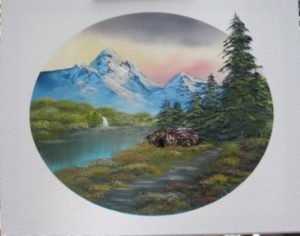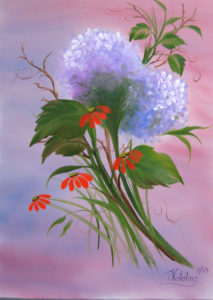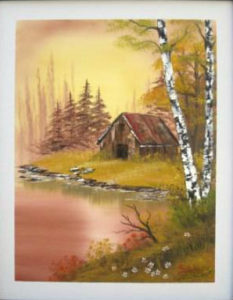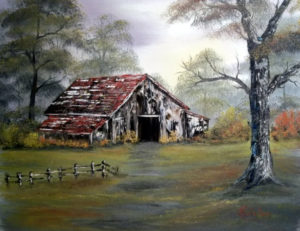 Painting Bug News
Painting Bug NewsUPCOMING CLASSES
CLICK THE LINK TO SIGN UP FOR CLASSES ON THE NEW WEBSITE




There is still some room left for this weekends class.
This weeks class will focuses on painting with an oval. It's a good example of how Bob brings out the trees beyond the oval to add interest to a painting.
SIGN UP FOR A CLASS HERE